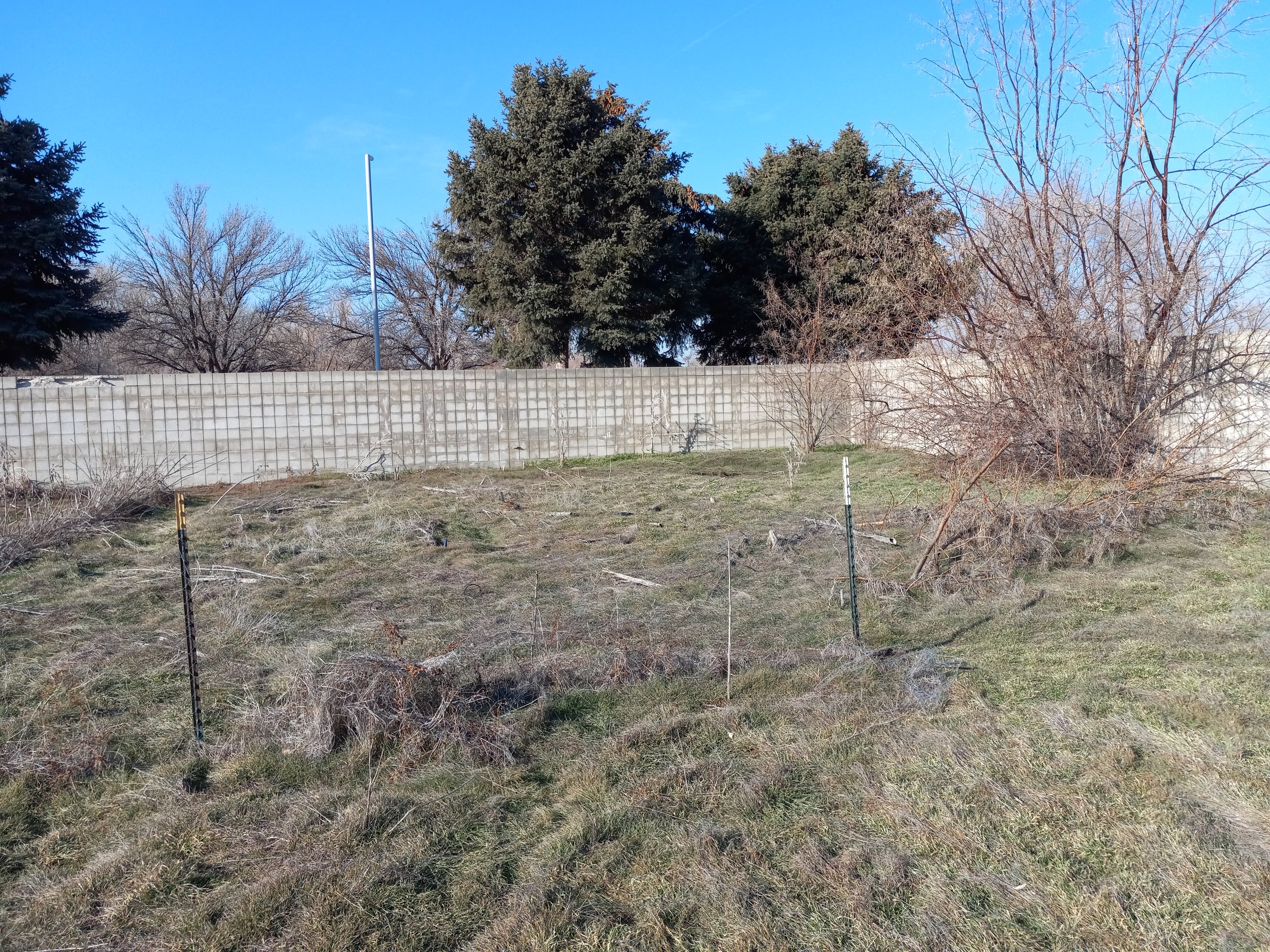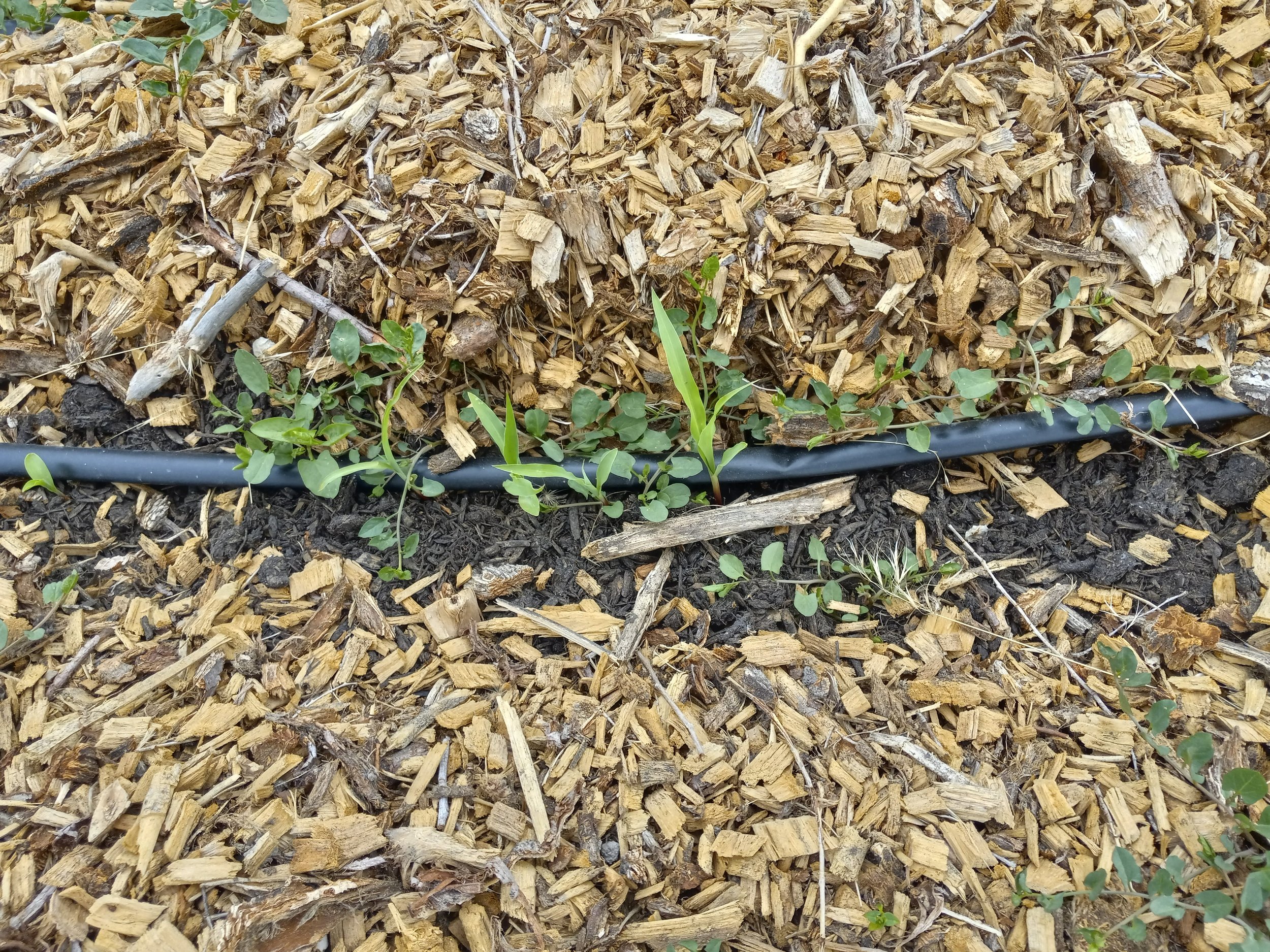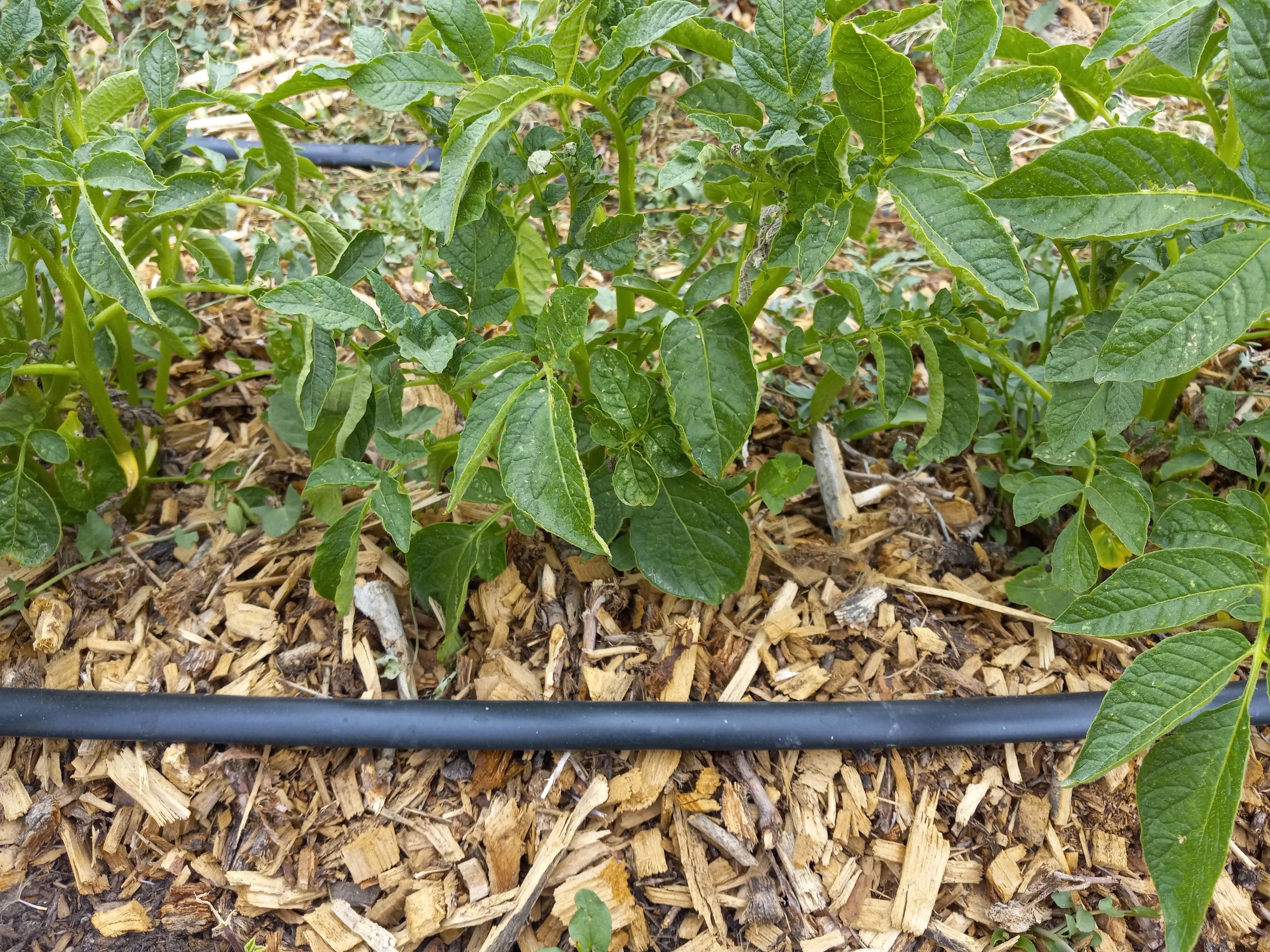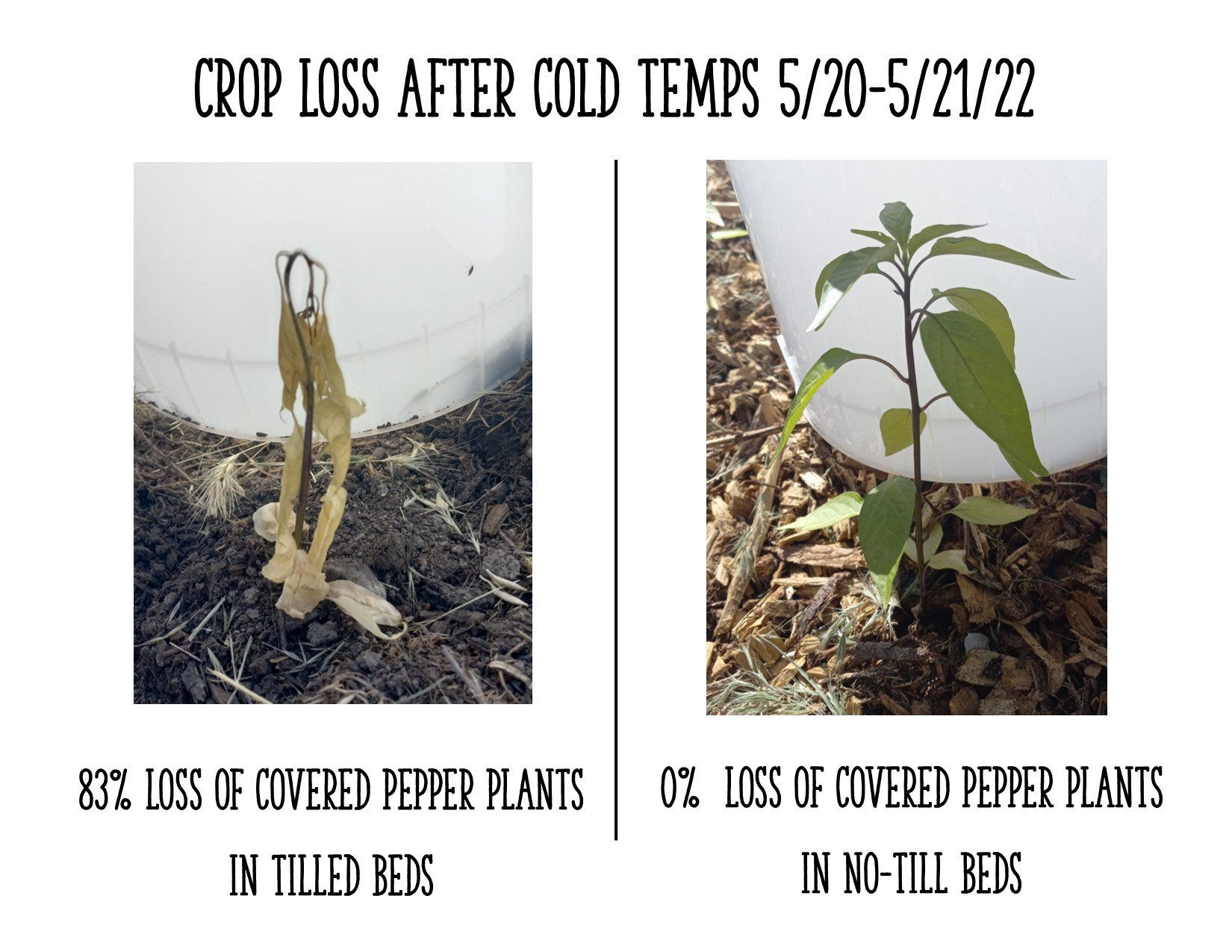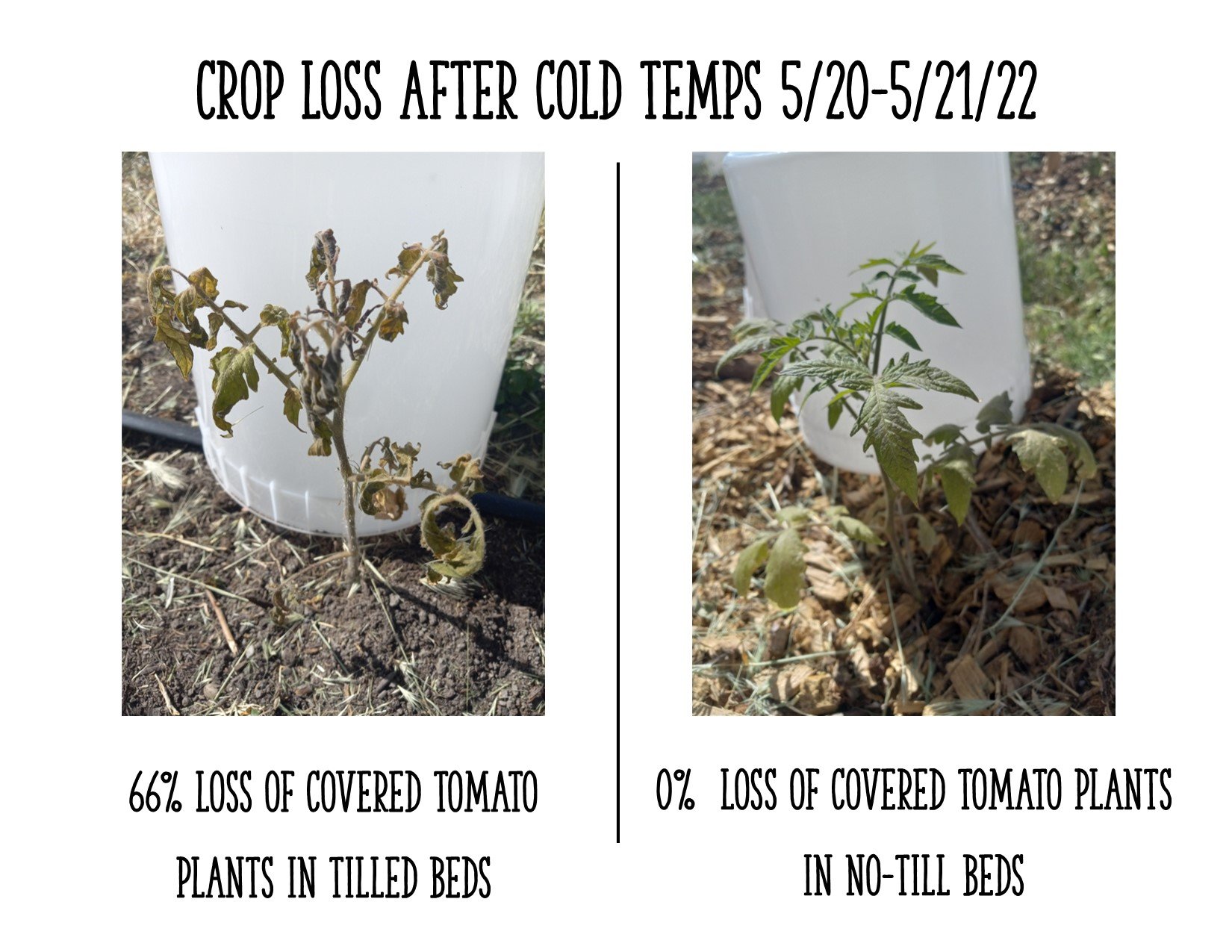The Fungal Focus Research Garden 2022
Observation/Question:
Why does adding compost to a garden bed improve soil aggregation if the fungi that produce glomalin are unlikely to be present in a compost pile?
The addition of compost to garden beds is widely accepted as a way to improve soil quality and tilth. From a mycological perspective, this raises several questions about the exact means by which this improvement occurs. Saprophytic fungi dominate the decomposition process of a compost pile, and mycorrhizal fungi (most notably the Glomeromycetes) are responsible for soil aggregation through the production of glomalin. Because Glomeromycetes are obligate symbionts with plants, they are unlikely to exist in a compost pile.
Hypothesis:
Mycorrhizal fungi increase their activity and population levels in response to the enzymes produced by saprophytic fungi.
The idea that there is “communication” between saprophytic and mycorrhizal fungi was first presented to me while listening to a podcast interview with Nichole Masters. Masters explained quorum sensing, the ability of a population’s density to change its gene regulation. The goal of the Fungal Focus Research Garden was to investigate the potential agricultural implications of fungal quorum sensing in an arid climate. To do this, I inoculated in situ wood chips with different species of saprophytes and measured several outcomes.
Experiment Design:
A land lease was obtained in South Salt Lake to run a pilot test. Eight garden beds were installed in a field that was previously grass. Beds were of equal length and width, transplants were added in the same number to each bed, and seeds were added by the same volume to each bed. Drip irrigation was installed and put on a timer; each bed received the same amount of water. A variety of crops were chosen to represent different succession levels, ranging from low succession lettuce to higher succession corn and sorghum.
The beds were numbered and each variable was repeated twice, in order to provide back-up data in the event of something unforeseen (irrigation failure in only one bed, animal damage in only one bed, etc). The beds were prepared with the following variables:
A1. Mulched with wood chips, not inoculated
A2. Mulched with wood chips, inoculated with Pleurotus pulmonarius
A3. Tilled to an approximate depth of 1’, no wood chips, not incoluated
A4. Mulched with wood chips, inoculated with Stropharia rugosoannulata
B1. Mulched with wood chips, not inoculated
B2. Mulched with wood chips, inoculated with Pleurotus pulmonarius
B3. Tilled to an approximate depth of 1’, no wood chips, not incoluated
B4. Mulched with wood chips, inoculated with Stropharia rugosoannulata
Crops were added by parting the wood chips along the drip lines, adding the same amount of compost by volume, and transplanting or seeding the area. All soil samples were taken from the original soil, not the added compost. All soil samples were also taken from the same location in each bed.
The beds were meant to grow with little interference. If one bed was weeded, they were all weeded, if one was harvested, they were all harevested, etc.
Data:
Measurements of Changes in Fungal Biomass
A soil sample was taken by Scott Kent of Utah BioAgriculture on March 1, 2022, prior to any soil modifications. Soil was removed from multiple locations across the entire area of the garden and mixed to give one average report of the biological populations. Through microscopy work, Scott reported the following data.
Scott Kent, Utah BioAgriculture
The first soil sample to measure each of the four variables was taken from the same location in each of the following beds: A3, A4, B1 and B2 on September 8, 2022.
Scott Kent, Utah BioAgriculture
The final sample was run by Scott on November 3, 2022. Fungal biomass was measured for beds A3, A4, B1, and B2.
A3 (Tilled) 35.35 mg/kg
A4 (Stropharia) 95.98 mg/kg
B1 (Chipped, not inoculated) 55.98
B2 (Pleurotus) 62.57
2. Crop Yields by Bed
Larger crops like potatoes and tomatoes were weighed. Smaller crops, such as pepperoncinis, were tracked by number.
3. Total Petroluem Hydrocarbons (TPH)
Samples were taken on November 25, 2022 from a depth of 1” in the same location of A1, A2, B3, and B4. Samples were measured using a Dexsil PetroFLAG at 21.4°C on setting rC4. When exact type of hydrocarbon is unknown, Dexsil recommends a low setting, which is why 4 was chosen.
Analysis of Data:
This was a small study which would need to be verified through repeated results. While the data from this pilot test is not robust yet, it is interesting enough to warrant further testing.
Both soil tests performed by Scott Kent showed a correlation between the preparation variables and the levels of fungal biomass. In both tests, the tilled beds had the lowest fungal biomass and the mulched but not inoculated beds had the second lowest levels of fungal biomass. The first test of four beds showed the Pleurotus bed with the highest level of fungal biomass, and the second test showed the Stropharia bed with the highest levels of fungal biomass. Because the fungal biomass was measured from the soil beneath the woodchips and not the woodchips themselves, this suggests that the inoculated woodchips were effective at increasing mycorrhizal populations. Quorum sensing is one possible explanation for this.
Crop yields correlated somewhat with fungal biomass levels, although the missing data from bed B4 makes this somewhat inconclusive. Discarding B4, the two highest yielding beds by weight (tomatoes and potatoes) were B2 (Pleurotus) and A4 (Stropharia). The highest yielding beds by number (peppers and sorghum) were B3 (tilled) and A4 (Stropharia). It is worth noting that future tests would be more accurate using weight only, as the peppers varied in size considerably from bed to bed, with the peppers in the tilled beds being smaller.
The numbers from the TPH tests do suggest lower levels of hydrocarbons in the beds with more soil fungi present, although it is difficult to say anything conclusive. The highest TPH levels were measured in B3 (tilled), and the lowest in A1 (mulched but not inoculated). While TPH levels do seem to correlate somewhat with fungal biomass, further testing is necessary. An additional TPH test was run on bed A3 (tilled) and came back at 1,008. This is significantly different from B3 (tilled).
Further TPH testing is necessary pending the purchase of more soil reagents.
Additional Observations
Overall, the garden showed low yields. The only amendment made was the compost at the time of transplant/seeding, which was primarily a way to level the woodchips with the dirt. Considering no additional amendments were made, the yields seem reflective of overall low soil quality. While significant improvement of soil biology occurred in the Stropharia and Pleurotus beds, the population levels are still low. It will be interesting to see how/if these improvements carry over into next year. Some perennials were added to the beds in an effort to maintain a living root.
The tilled beds were significantly more vulnerable to frost. We experienced two late frosts this year, one on May 20th and another shortly after that. While some of the frosted peppers recovered, the tomatoes did not. This is a contributing factor to lower yields in the tilled beds, although it probably shows more evidence for tilling reducing frost resistance than for inoculation increasing yields.
Germination rates in the Stropharia beds were slower than in the other beds, with some crops failing to germinate at all. Due to the late frosts, squash plants in all of the beds were stunted and did not recover.
Soil pH did decrease slightly in the beds with the woodchips, although unfortunately this data sheet was weathered and became illegible.
As the TPH ppm seem high, this area will probably be used as a remediation experiment next year instead of a food production operation.
Conclusion
This pilot study provided some data to support the hypothesis of quorum sensing between saprophytic and mycorrhizal fungi and merits a closer look.


